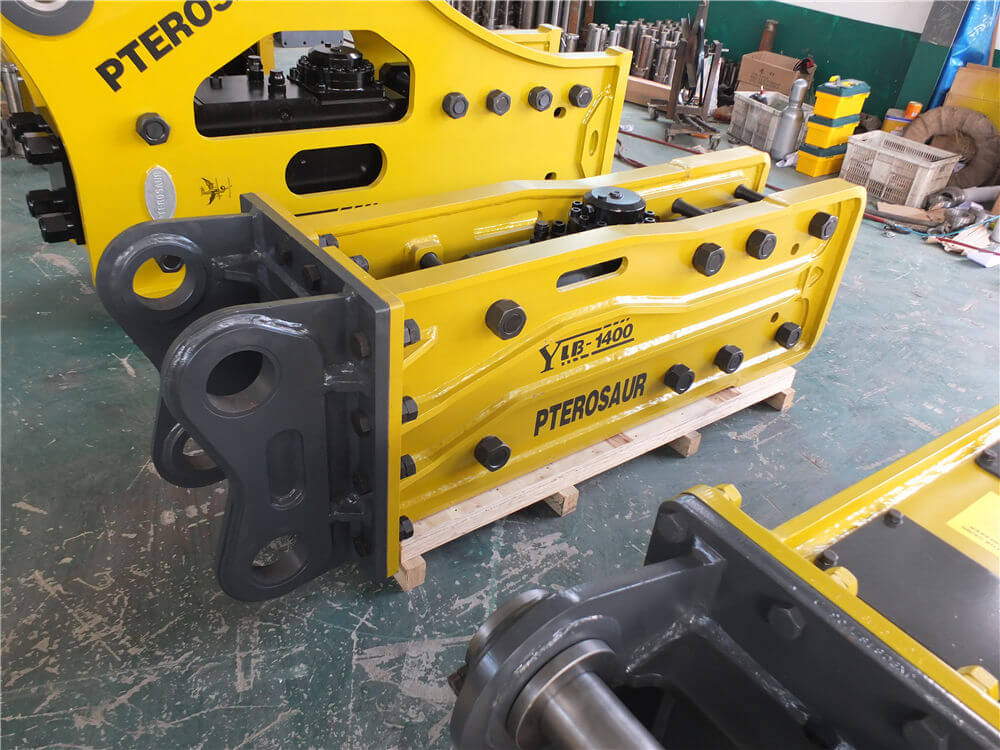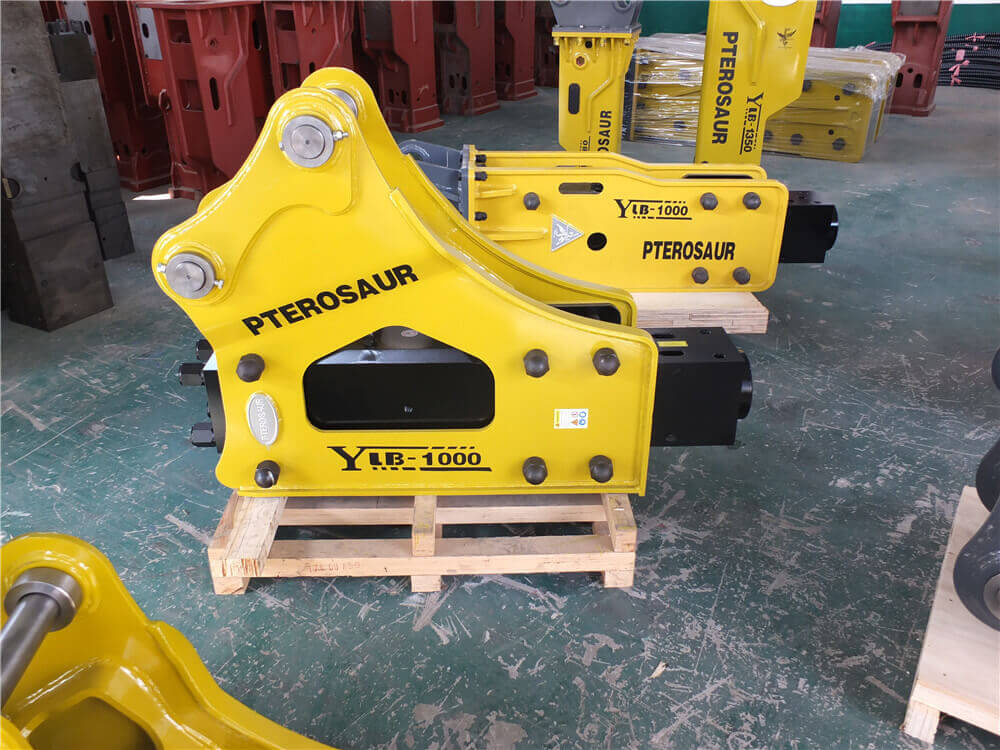The Essential Guide to Excavator Concrete Breakers
Excavators equipped with concrete breakers are formidable tools in the construction, mining, and trenching industries. These hydraulic attachments are designed to tackle tough materials such as concrete, asphalt, and rock efficiently. In this article, we will delve into the features, types, and applications of excavator concrete breakers, showcasing their importance and effectiveness in various projects.
What is an Excavator Concrete Breaker?
An excavator concrete breaker, also known as a hydraulic breaker or hammer, is a powerful attachment that transforms an excavator into a demolition machine. These breakers utilize hydraulic power to deliver high-impact energy, making them ideal for breaking reinforced concrete, crushing asphalt, and handling challenging quarry tasks. Their robust construction ensures reliable performance in the toughest conditions.
Types of Excavator Concrete Breakers
-
Hydraulic Rock Breakers: These are designed to deliver significant impact energy, making them suitable for demolishing solid structures. They can efficiently handle materials such as rock and reinforced concrete.
-
Mini Excavator Breakers: Tailored for smaller excavators, these compact breakers are versatile and easy to operate. They are perfect for smaller demolition tasks and are compatible with various mini excavator models.
-
Heavy-Duty Breakers: Designed for larger excavators, these breakers can manage more extensive workloads, making them ideal for substantial construction projects.
Key Features of Excavator Concrete Breakers
- High Impact Energy: This ensures effective breaking of tough materials, accelerating project timelines.
- Durability: Built to withstand extreme conditions, allowing for consistent performance and reduced downtime.
- Compatibility: Many breakers are designed to fit a wide range of excavator models, enhancing their usability on different job sites.
- Ease of Use: Modern hydraulic breakers come with intuitive controls, allowing operators to handle them with minimal training.
Applications of Excavator Concrete Breakers
- Construction: Breaking down concrete structures, removing old pavements, and preparing sites for new builds.
- Mining: Efficiently breaking rock formations to facilitate mining operations.
- Trenching: Creating trenches in hard ground for utility installation or drainage systems.
- Roadwork: Paving repairs and demolitions, making way for new road constructions.
How to Install and Use a Hydraulic Breaker on an Excavator
Installing a hydraulic breaker on an excavator is a straightforward process. Here’s a step-by-step guide to ensure correct installation:
- Prepare the Excavator: Ensure the excavator is parked on a stable surface and the engine is turned off.
- Attach the Breaker: Using the excavator’s hydraulic system, connect the breaker to the excavator’s arm. Ensure all connections are secure.
- Check Hydraulic Connections: Verify that the hydraulic hoses are properly connected to avoid leaks.
- Test Functionality: Start the excavator and test the breaker to ensure it operates correctly.
Conclusion
Excavator concrete breakers are indispensable tools in the construction and mining industries. Their robust design, high impact energy, and versatility make them essential for various applications, from demolishing concrete structures to breaking rock. By understanding the types, features, and proper usage of these hydraulic breakers, operators can significantly enhance their efficiency and productivity on the job site. Whether you’re looking to purchase or rent, investing in a reliable excavator concrete breaker is a decision that will pay off in any demolition or construction project.




































